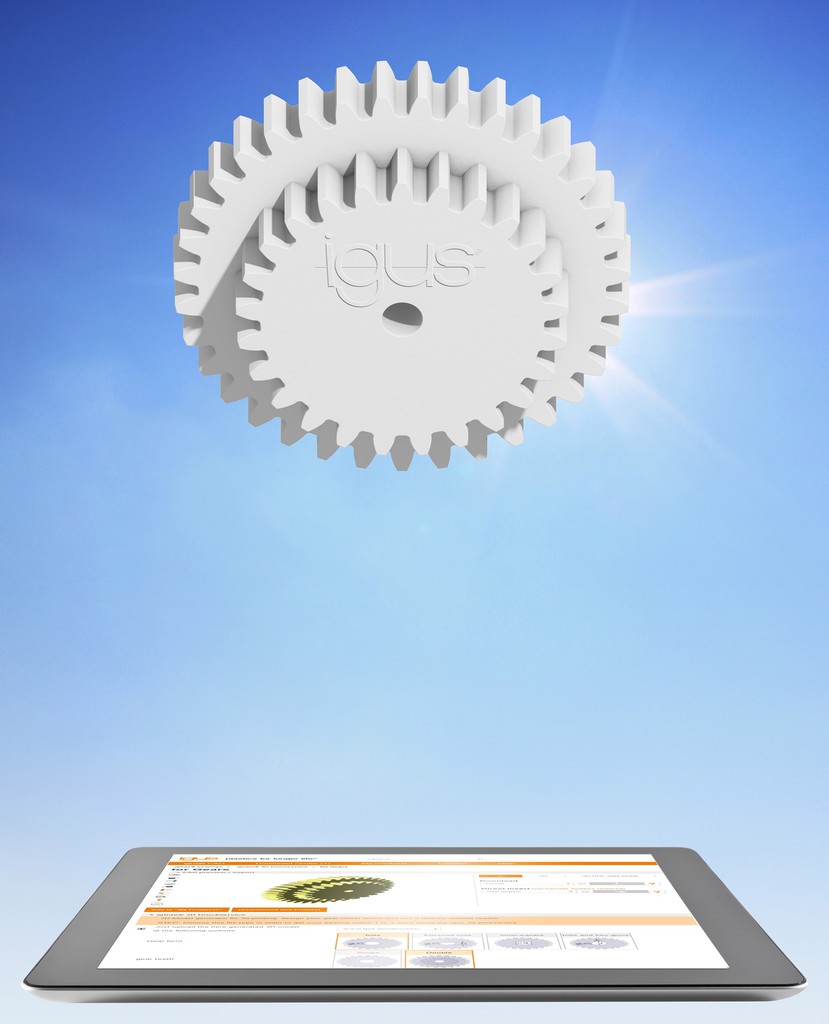
 |
Charlotte Stonestreet
Managing Editor |
Editor's Pick
Online design of double gears for 3D printing
29 August 2018
Double gears are an essential part of the everyday life of designers. When force, torque or speed in gears need to be changed, this task can only be performed if the geometry of the teeth is optimised; even slight inaccuracies increase the wear and the noise. To remedy this problem, igus has extended the functionality of the gear configurator for 3D printing.

Double gears can now be designed automatically online in a few seconds and then ordered directly. By uploading the CAD data, the order can then be processed with the igus SLS 3D printing service. A lubrication-free, high-performance plastic specifically developed for gears ensures a long service life of the configured special part during operation.
“The online configurator allows the design of a simple gear or a double gear,” explains Robert Dumayne igus Director. “The designer only needs to select the appropriate gear module and set the number of teeth and the drive method - such as ‘D’ hole, a square drive hole or with keyway. The configurator automatically uses this data to create the 3D model of the double gear with involute gear teeth, guaranteeing a quiet and long-lasting operation. Without complex and error-prone manual work or an external CAD programme."
Just as time-saving as the online configuration is the 3D printing of the special part. Within three to five days, the customer will receive their gear from igus, thanks to the inhouse laser sintering production.
The production of small gears is also more cost-effective in 3D printing. For example, gears with a size of 12mm x 16mm are 40% lower cost than a machined pendant.
- Cost-Effective Prototyping
- Small linear axis for large tasks
- Automated coupling
- Bearing carbon footprint at a glance
- igus makes e-chain recycling even easier
- Med tech compatible material
- iglidur on tour
- Energy chain increases uptime for Jaguar Land Rover
- Low cost roller energy chain and guiding trough
- First tribo-filament for 3D printers
- No related articles listed


















